
ASU Biocollections
Collections Overview
The ASU Biocollections include the ASU Natural History Collections and the NEON Biorepository. The ASU NHC comprise nine entities that enable the university's teaching, research and public outreach functions. They are supported by the School of Life Sciences. Our collections emphasize flora and fauna from the arid southwest of North America, especially Arizona and Sonora, Mexico. Collectively, our holdings rank among the largest collections of Sonoran desert biota in the world.
We at the ASU Biocollections would like to acknowledge the 23 Indigenous Nations that have inhabited this land for centuries. Arizona State University’s campuses are located on ancestral territories of the Akimel O’odham (Pima) and Pee Posh (Maricopa) communities. We are dedicated to supporting Indigenous Nations in achieving data futures of their own making.
Specimen Data of all these collections can be found at:
NEON Biorepository: NEON Biorepository
ASU Natural History Collections:
Bryophytes: Consortium of Bryophyte Herbaria
Insects: Ecdysis
Lichenized, Lichenicolous and Allied Fungi: Consortium of Lichen Herbaria
Vascular Plants: SEINet Portal Network
Vertebrates: Consortium of Vertebrate Collections
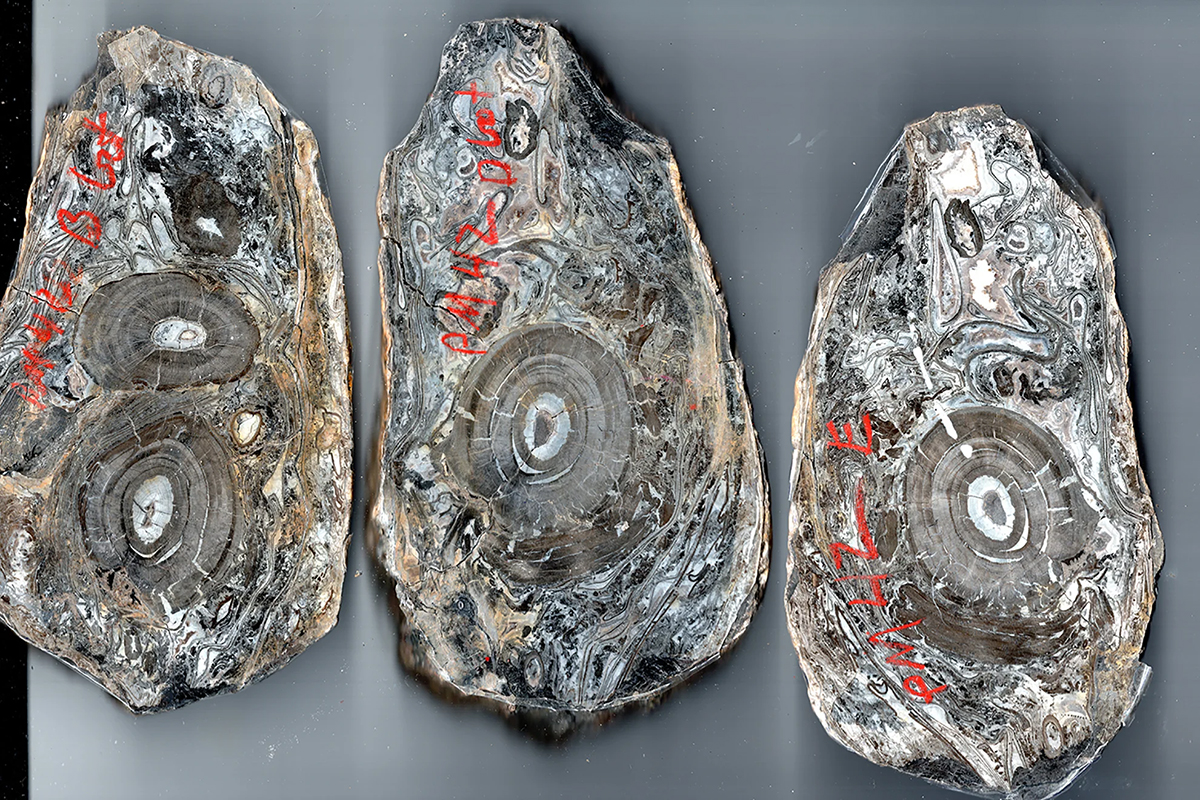
Fossil Plant Collection
The Fossil Plant Collection (ASUPC) is a unique resource for the ASU Natural History community, supporting plant evolutionary research, teaching, and public outreach.
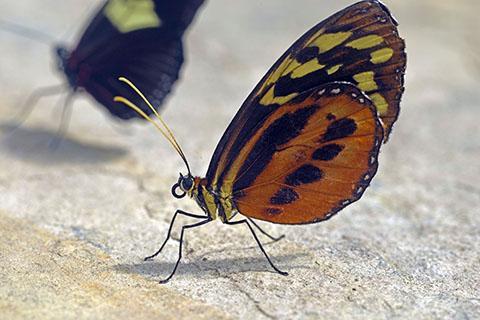
Insect Collection
The Insect Collections (ASUHIC) is a vibrant part of the ASU Natural History Collections community, with a diverse array of insect research, learning, and outreach activities.
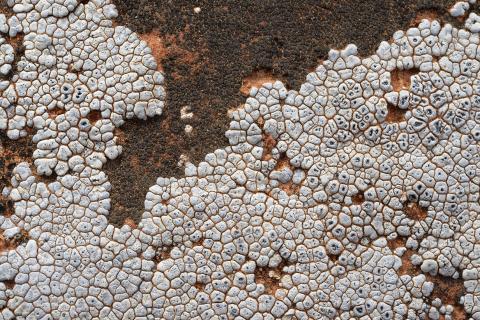
Lichen Herbarium
The ASU Lichen Herbarium (ASU) is among the ten largest collections of lichenized fungi in the US; it contains some 115,000 specimens. The collection has a particularly strong focus on the Greater Sonoran Desert Region [northwestern Mexico: Baja California, Baja California Sur, Sonora, western Chihuahua and northern Sinaloa; and southwestern USA, Arizona, southern California].
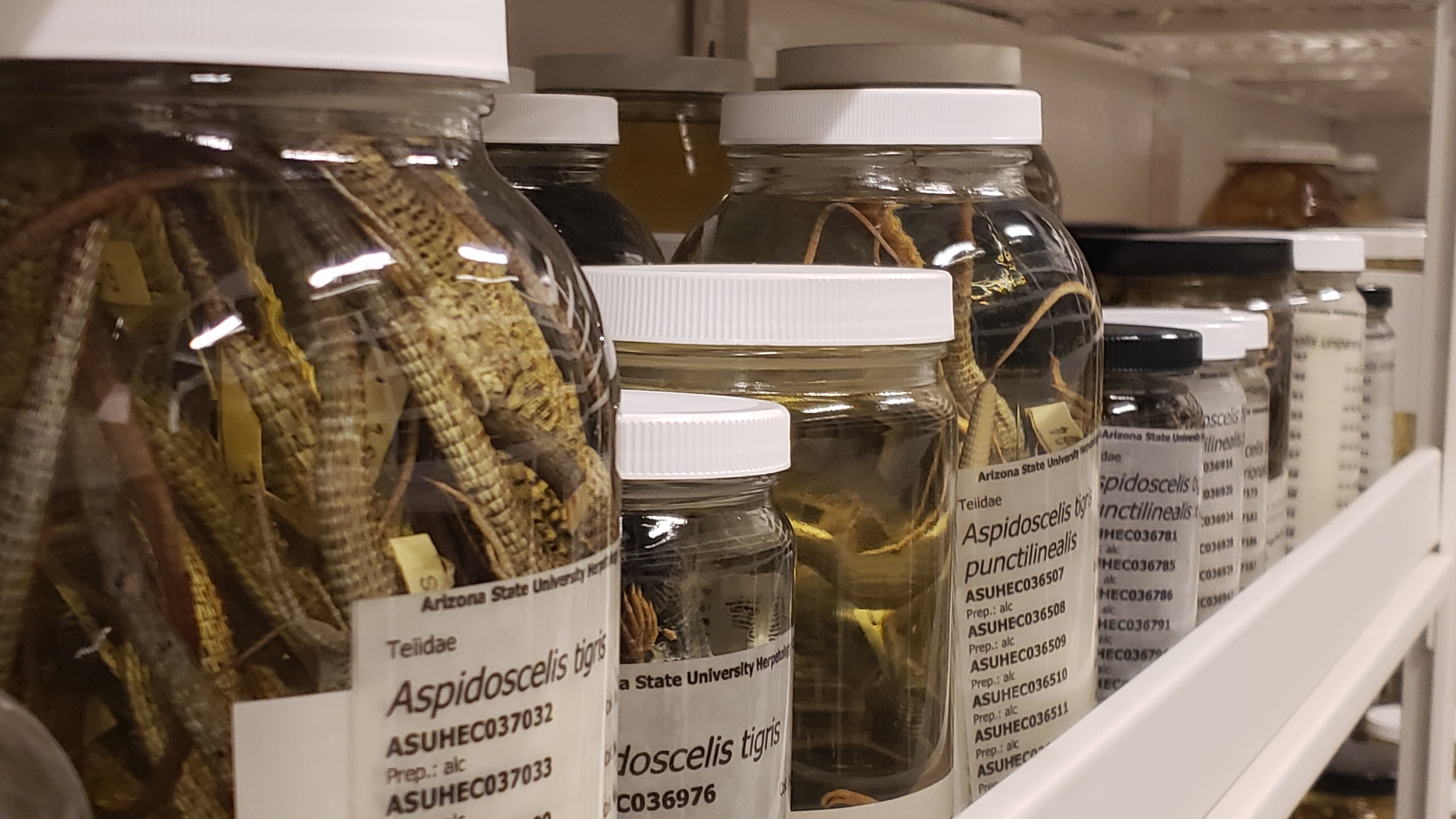
Vertebrate Collections
The Vertebrate Collections consist of natural history specimens of fishes, reptiles, amphibians, birds, and mammals, with a geographic focus of the southwestern United States and northern Mexico with representatives from across the globe.
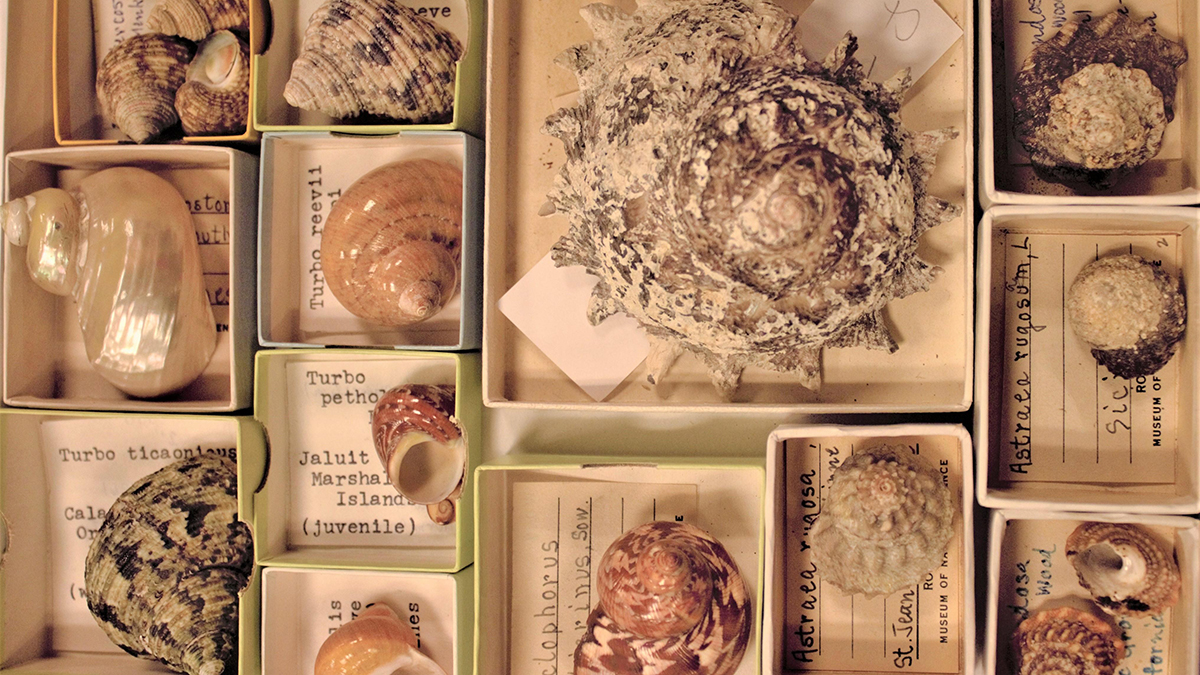
Mollusk Collection
The Arizona State University Mollusk Collection (ASUMOC) is curated by volunteer and avid shell enthusiast, Dale Snyder. It consists of approximately 140,000 shell specimens, and includes members from five of the seven classes of the phylum Mollusca.
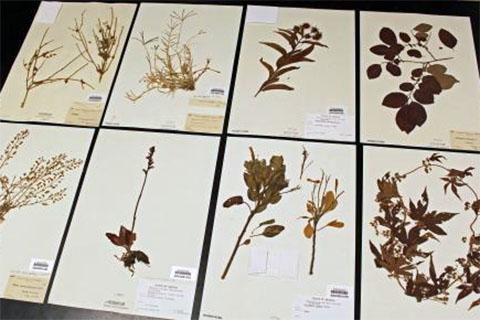
Vascular Plant Herbarium
The Arizona State University Vascular Plant Herbarium (ASU) is among the most important in the greater Sonoran Desert region with over 315,000 specimens. We are particularly proud of our holdings of Cactaceae which include over 1,100 chromosome counts.